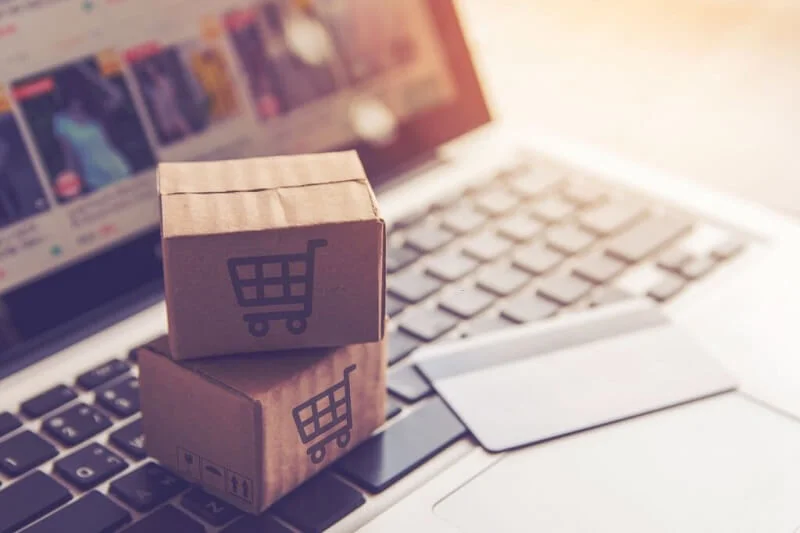First B2B, Now B2C: E-Commerce Is Taking Over
The Covid-19 pandemic has resulted in a dynamic shift of commerce from the offline to the online sphere. Both consumers and businesses pivoted towards the digital forum, albeit for varying reasons.
Thanks to technology, the former’s purchasing behavior is directed towards online shopping, learning, and working. The latter has resorted to digitalization and e-commerce to retain and expand its customer base, make products and services more accessible, and capture market share to stay relevant in these changing times.
The pandemic has accelerated the rise of e-commerce. The global e-commerce market is expected to reach USD 16,215.6 billion by 2027, at a CAGR of 22.9% during the forecast period of 2020 to 2027. Further, in a press release, Dubai Customs stated that e-commerce sales in Dubai, UAE, is expected to rise 23% to US$27 billion (AED100 billion) in 2022. A report by Kearney Middle East states that the GCC’s e-commerce market rose from a mere $5.3bn in 2015 to $17.7bn in 2019, and is touted to become an almost $50bn market by 2025.
The Gulf Cooperation Council (GCC) is emerging as a global trading hub owing to its strategic location connecting Europe, Africa, and Asia. Cross-border exporters and importers, and SMEs (Small and Medium Enterprises) are becoming business gateways with the holistic features of B2B, B2C, and B2B2C transactions. Take a look at how the B2B sector is adopting B2C Practices:
1. B2B buyers and sellers have turned to online inventory procurement and client acquisition to improve profitability and efficiency.
2. E-Commerce transformation is considered the next industrial revolution. Companies are personalizing and customizing their products and services even in the B2B market, which is deemed to grow by 234.78% by 2030.
3. They are focusing on improving customer experience by integrating technical, financial, and operational departments. 4. By harnessing the capabilities of the Internet of Things (IoT), Artificial Intelligence (AI), Machine Learning (ML), and ushering in technologies such as 5G, this digital penetration has created a new
era of IT-enabled solutions. They are also developing end-to-end systems (front-end and back-end/full-stack), offering multiple mobile-app-based payment solutions, investing in digital cloud-based platforms, and providing real-time tracking with live online support.
The UAE Government has also provided adequate support to e-commerce strategies for GCC to weather all economical storms. Administered by the GCC, the Dubai E-Commerce Strategy is devised and implemented in the UAE. Considering the current times, it aims at:
1. Solidifying the position of Dubai as a central hub for global e-commerce.
2. Position Dubai as the global logistics hub in the GCC region because, by 2023, e-commerce is estimated to contribute AED12 billion to its annual local GDP.
3. Attracting more and larger FDIs (Foreign Direct Investments) to the e-commerce sector.
4. Augment the market share of companies by reaching AED24 billion by 2022.
5. Decrease expense and documentation on customs clearance during import and export through free zones.
6. Dubai Customs is developing a Cross-Border e-commerce platform, the collaborative blockchain-based e-commerce platform, which caters to the needs of all stakeholders in the e-commerce supply chain. By facilitating trade and reducing costs for e-commerce businesses, they can set up regional operations in Dubai.
To know how B2B sectors are adopting B2C practices, check out our whitepaper.
Qafila offers efficient freight-forwarding services across the globe. Connect with us at hello@qafila.com or contact us at +971 4 523 3933.




